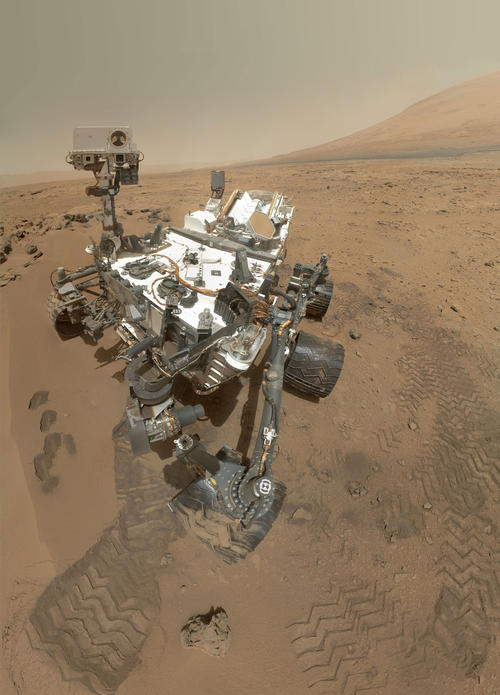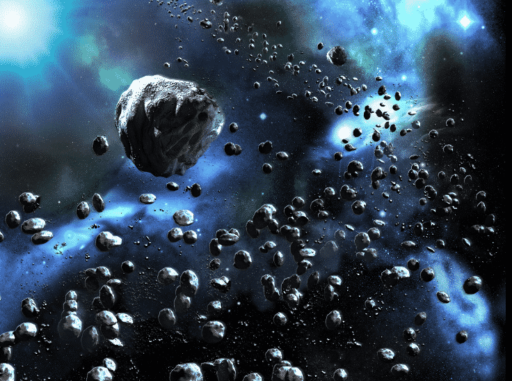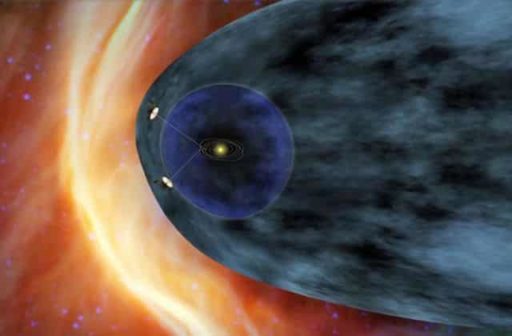Mars rover Curiosity is on a lonely journey on Mars, but it amuses us time to time by sending out outstanding images from the red planet. This time, it is a self-portrait by the lone ranger; the first of which was seen in August. Using the Mars Hand Lens Imager (MAHLI), Curiosity captured a set of 55 high-resolution images on October 31, 2012. By stitching the images together, Curiosity created a full-color self-portrait. See it below.
Using its 34 millimeter Mast Camera, Curiosity created high-resolution self-portrait for the first time on August 7 PDT at night (early morning Aug. 8 EDT). And approximately 3 months later, Curiosity again has made a high-resolution self-portrait on October 30. But this time, it used Mars Hand Lens Imager (MAHLI). However, the mosaic shows that when the rover snapped high-resolution images it was at “Rocknest.” You will find ChemCam instrument at the top of the rover’s mast and four scoop scars in the regolith in front of the rover.
The mosaic also shows the surrounding view of Curiosity. The base of Gale Crater’s 3 mile (5-kilometer) high sedimentary mountain, Mount Sharp, rises on the right side of the frame. The mountains in the background to the left are the northern wall of Gale Crater.
According to NASA, such self-portraits are essential to know the state of Curiosity rover and track changes over time.
Source : NASA
Image Credit : NASA/JPL-Caltech/Malin Space Science Systems
[ttjad keyword=”camera-general”]




Who or what is holding the camera?
I see no connection back to the rover.
The image is a composite of 55 shots with the arm holding the camera in different locations. That number of shots allowed them to edit out the camera arm, so as to be able to see the entirety of the main body of the rover. (Remember that the real purpose of this photo is to check for damage or other changes to the rover.)